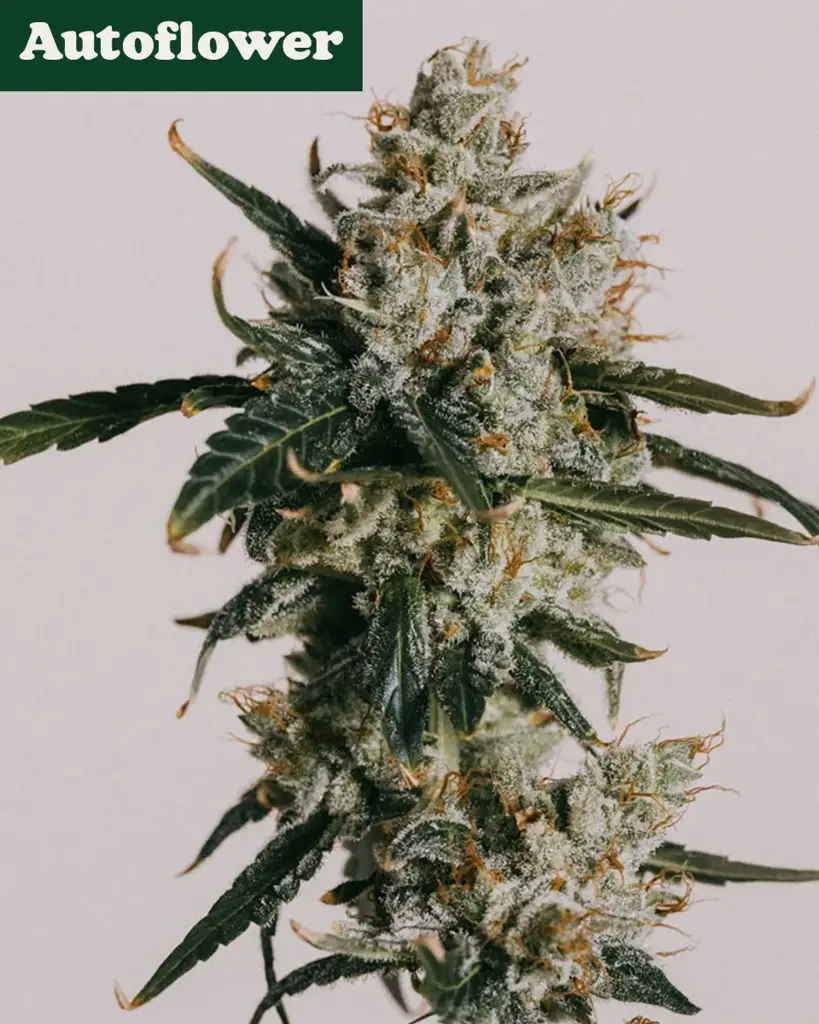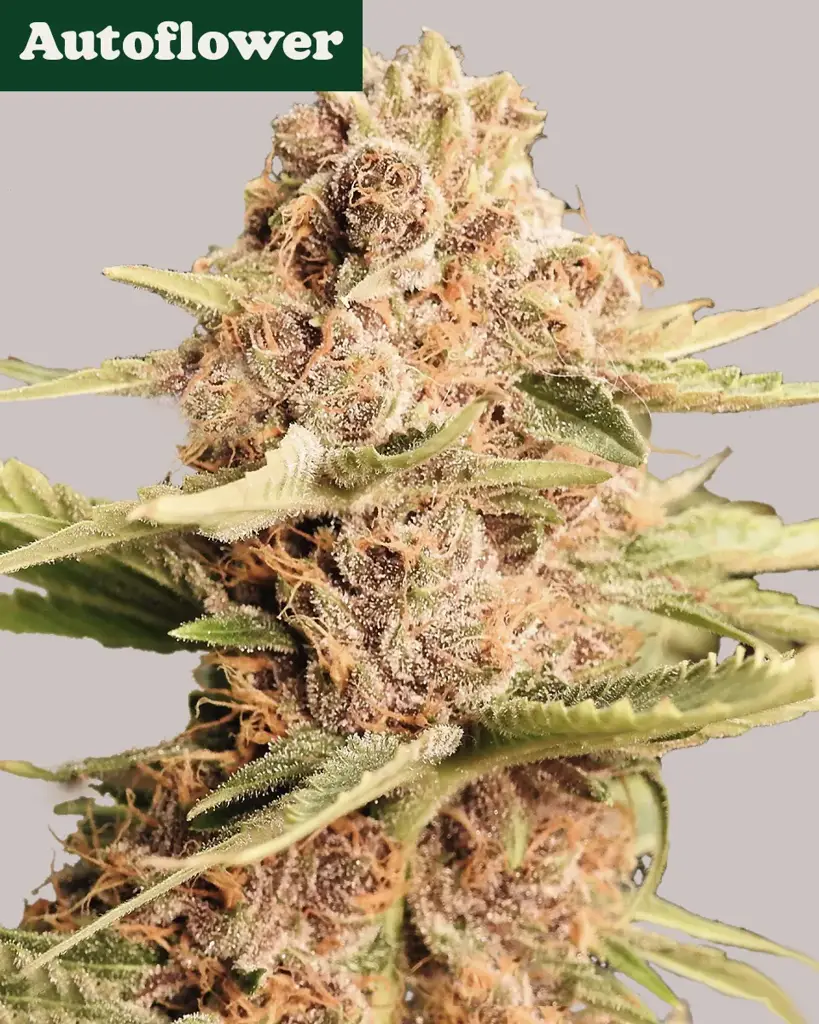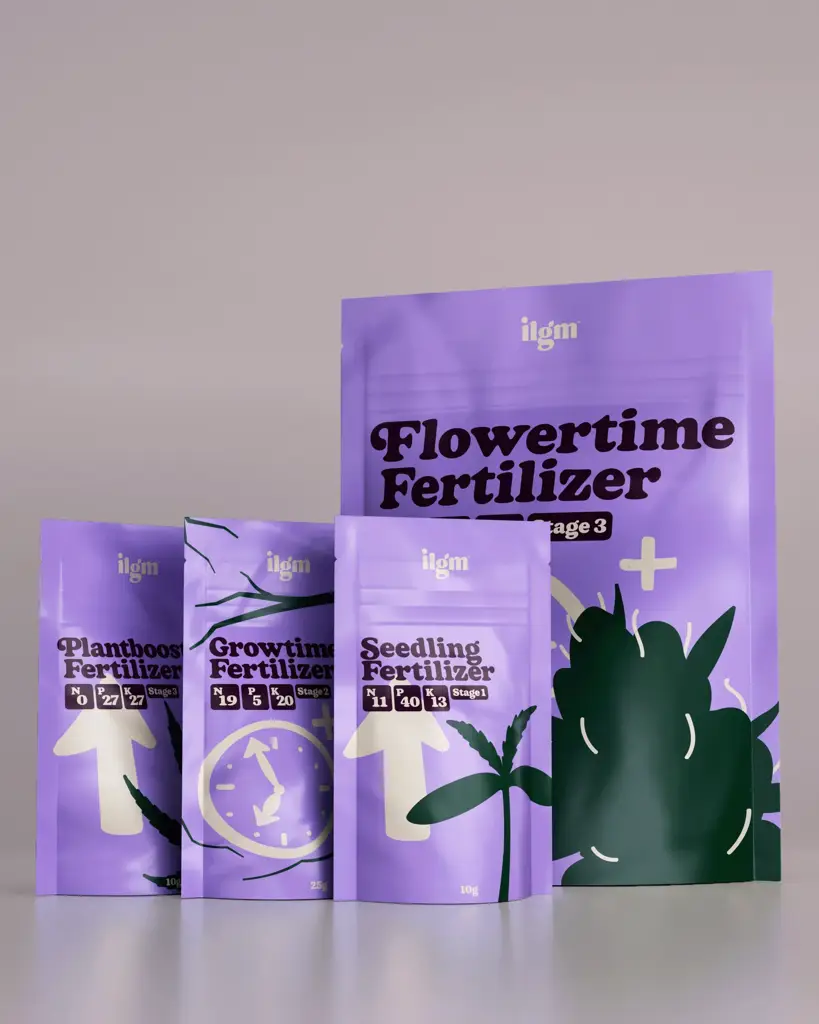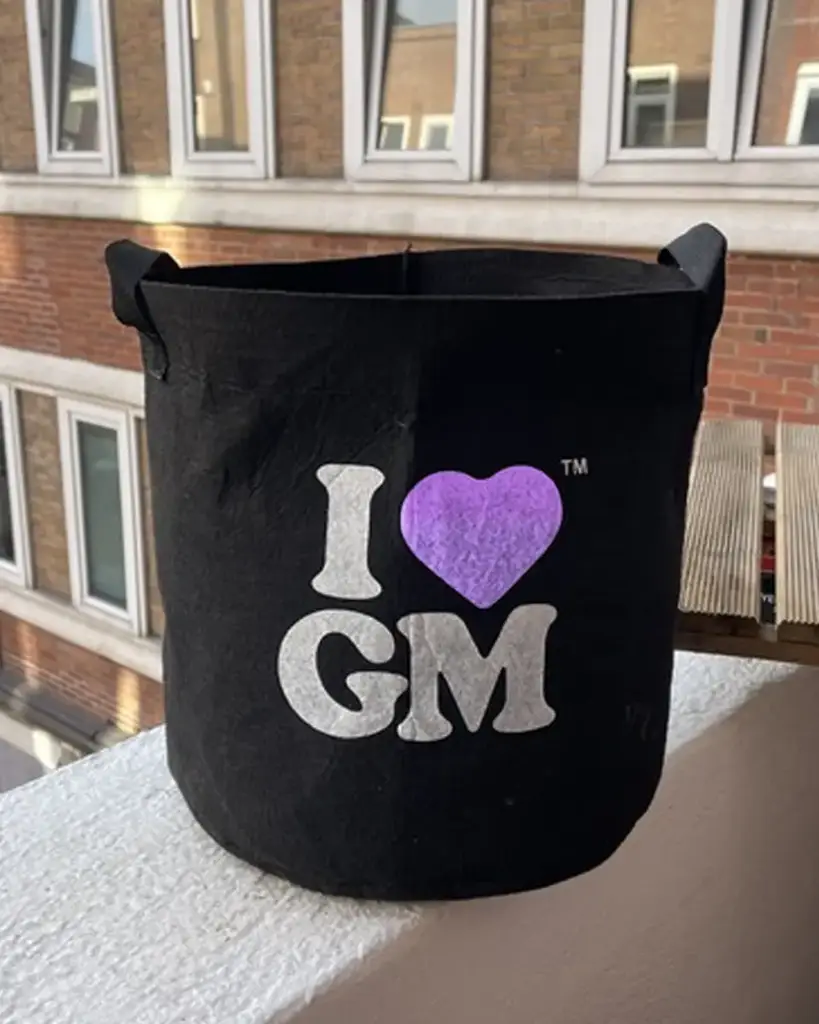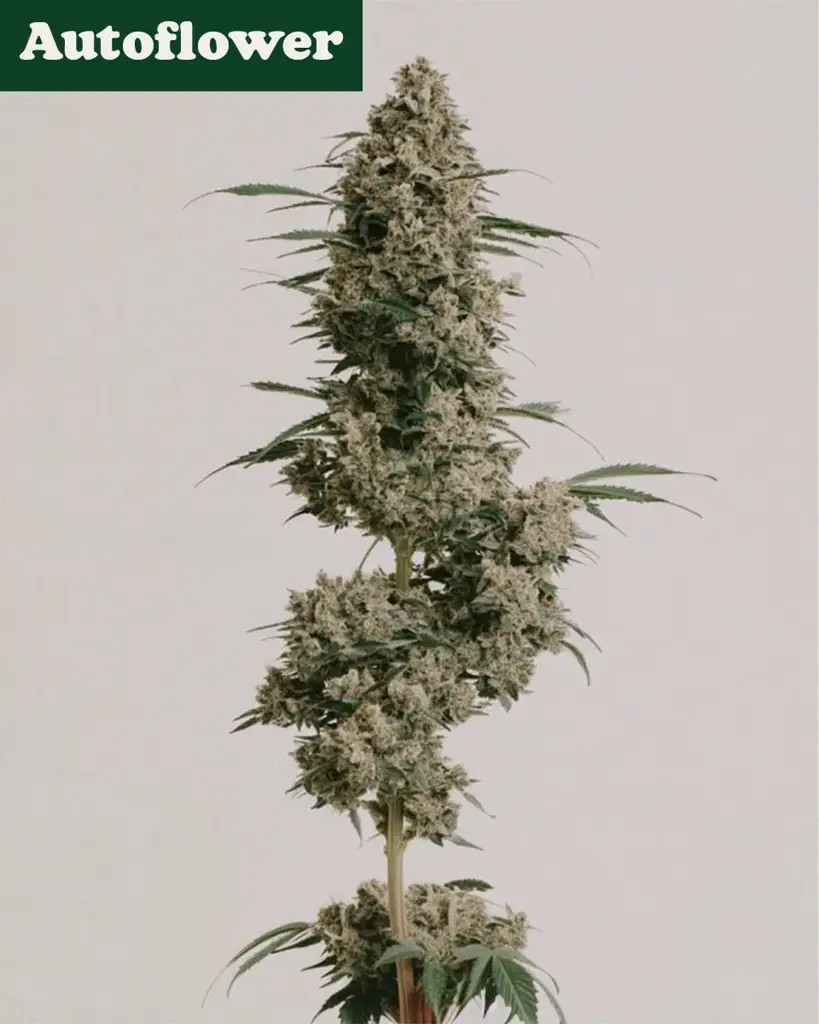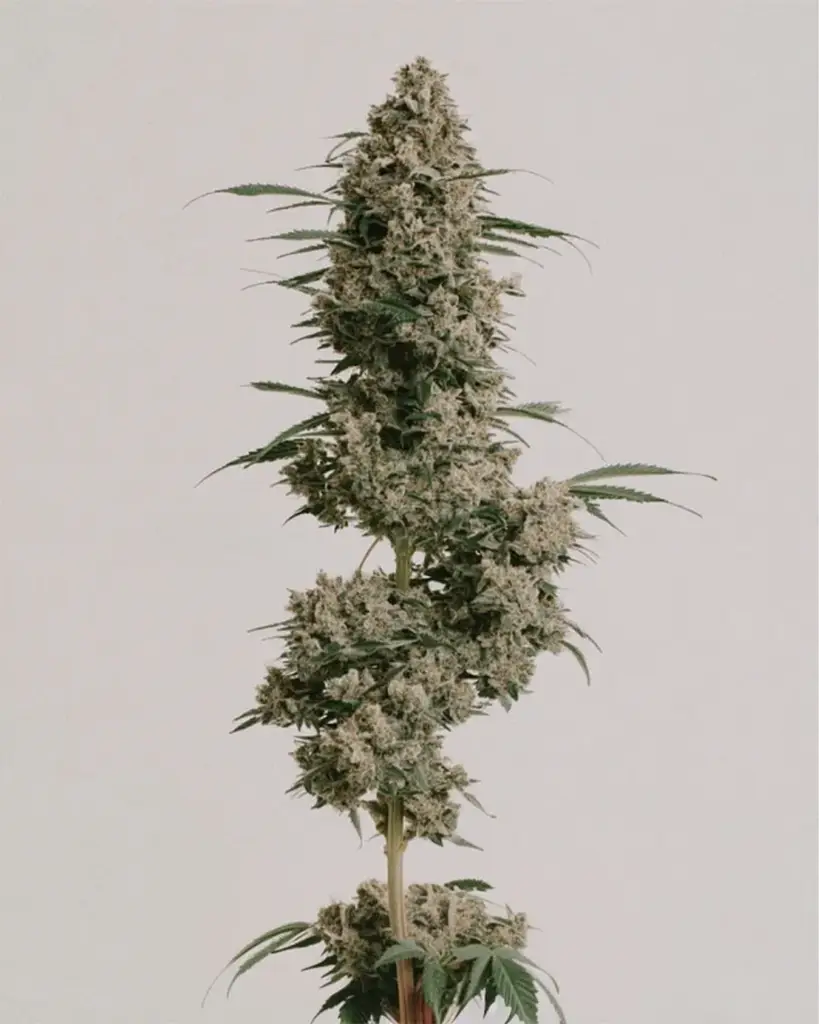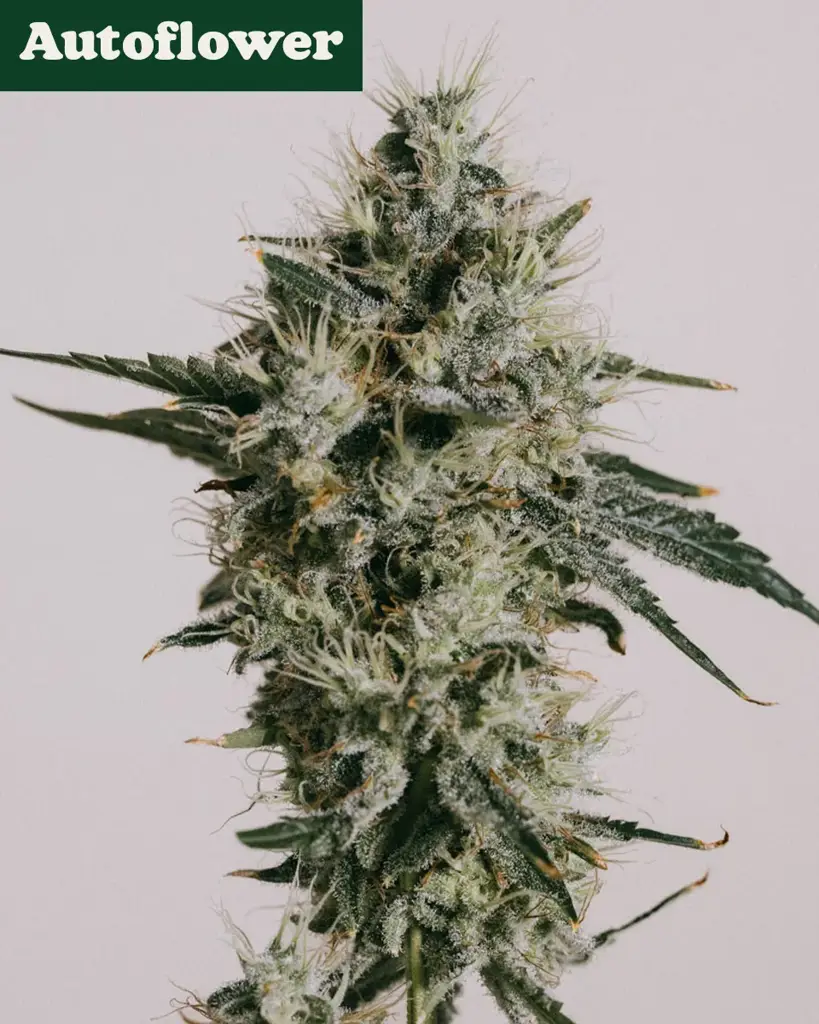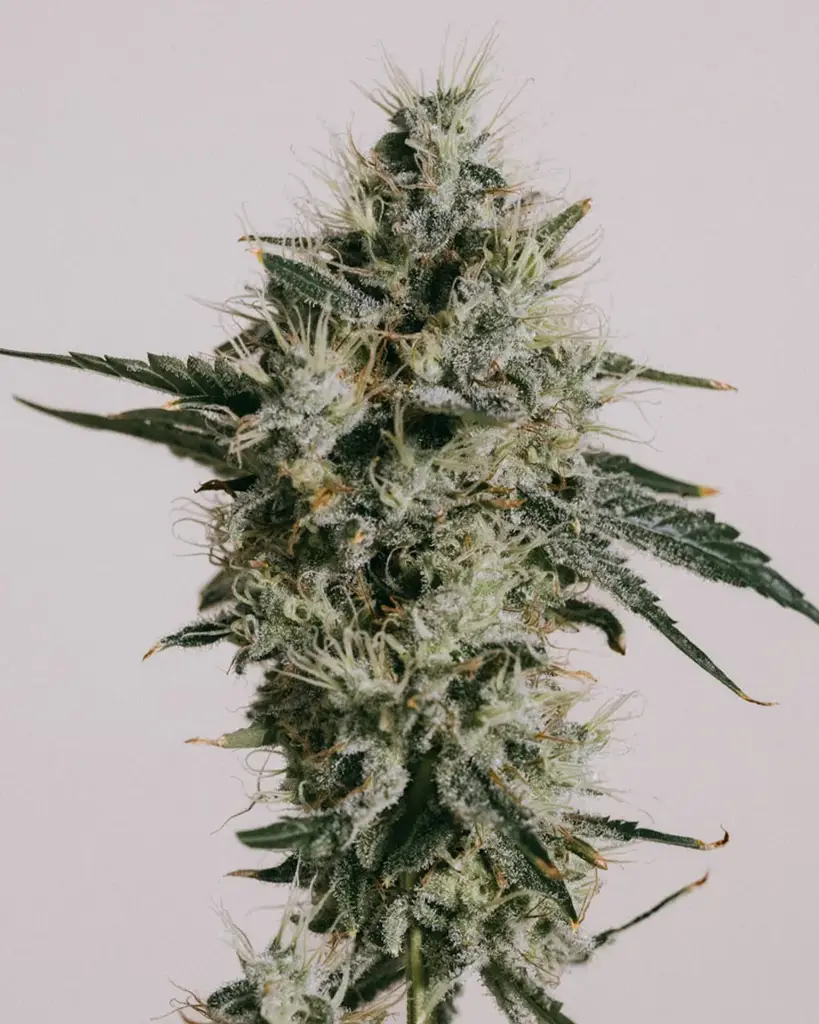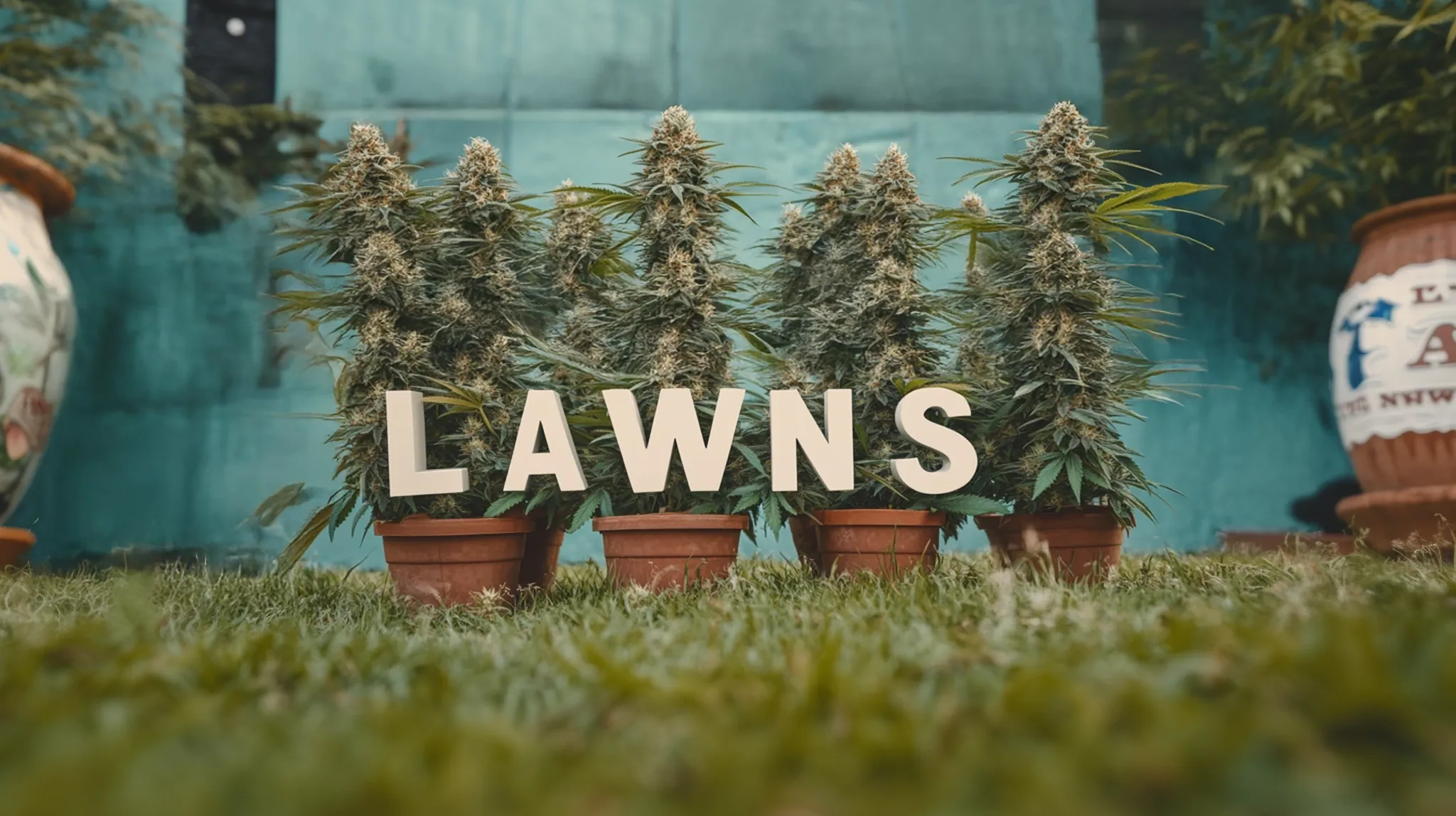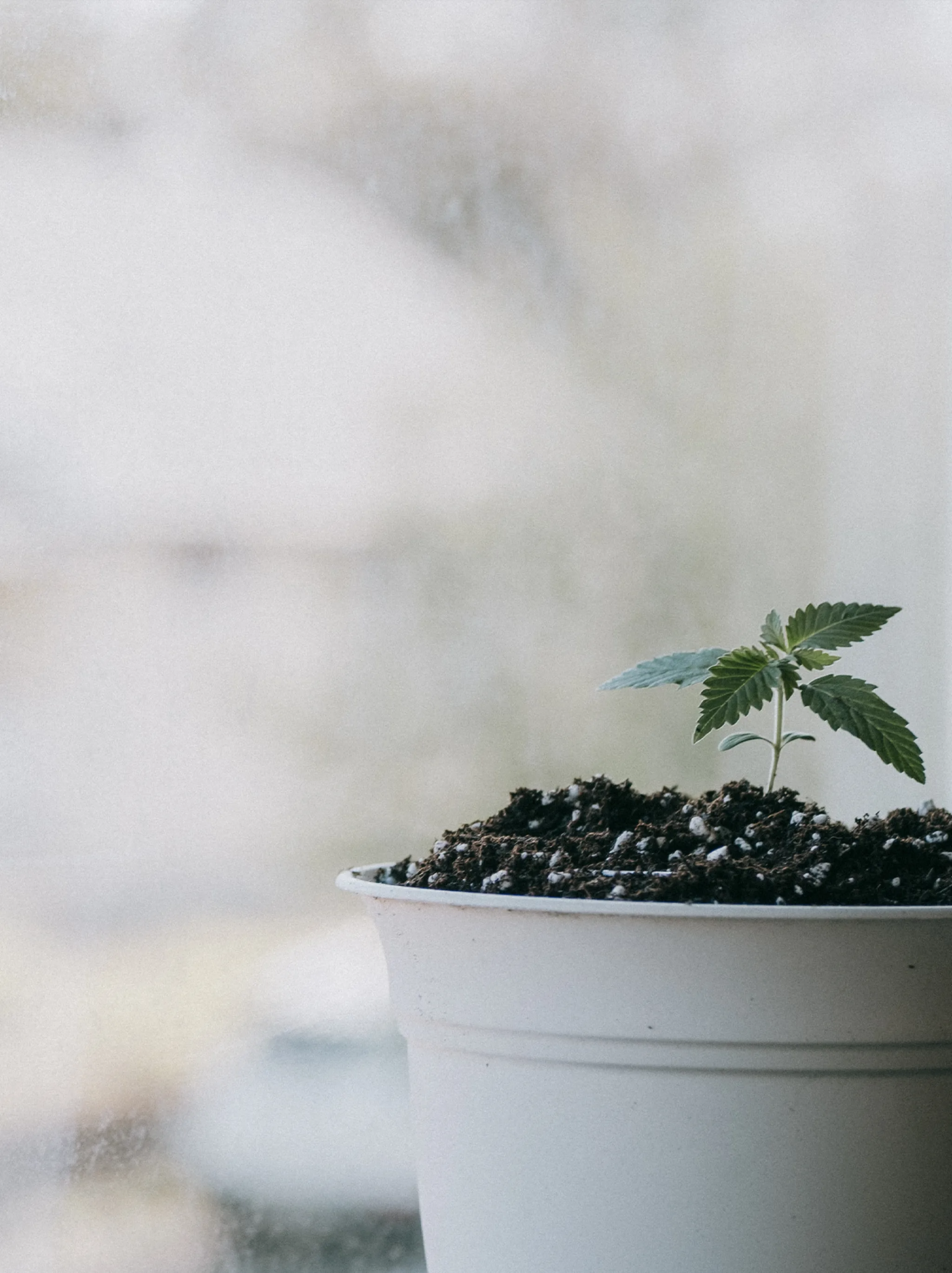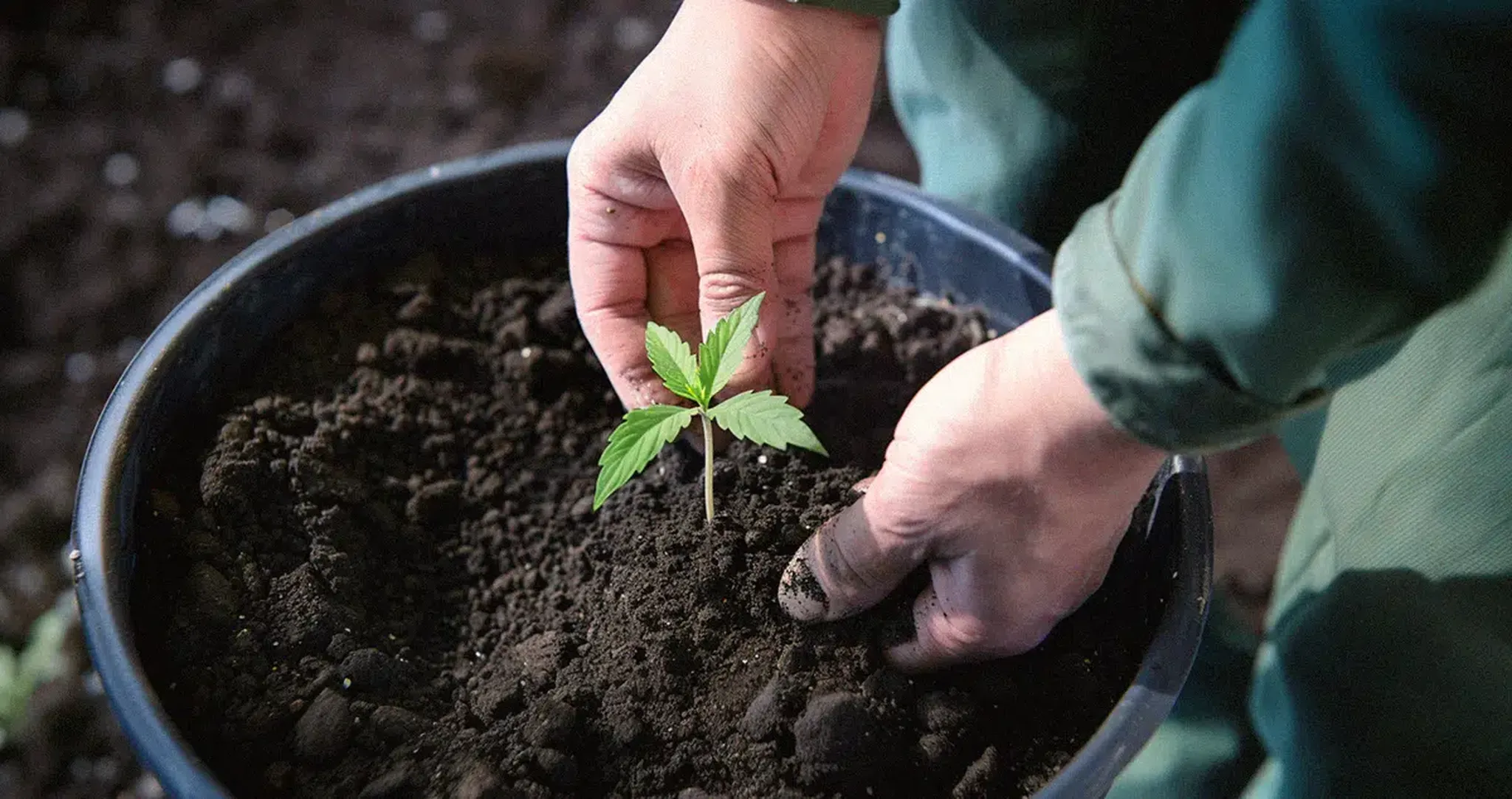
Choosing the Best Soil for Cannabis
When it comes to growing top-notch cannabis, the soil you choose can make a world of difference. A good soil mix helps your plants thrive, offering just the right balance of nutrients, drainage, and water retention.
Table of contents
- What’s the Best Soil for Growing Cannabis?
- Amendments to Improve Soil Quality
- Soil Types for Cannabis: Sandy, Silty, Loamy, and Clay
- The Best Soil Mix for Cannabis
- Growing Autoflower vs. Photoperiod Cannabis in Soil
- Creating Super Soil for Cannabis
- No-Till Cultivation: Benefits for Cannabis Growth
- Amendments for Arid/Drought Conditions
- Conclusion: Optimizing Your Cannabis Soil for Success
But if you’re new to this, don’t worry—I’ll walk you through everything you need to know about picking the best soil for cannabis so you can grow happy, healthy plants and yield the best bud possible.
Too Long, Didn't Read
Quality Soil Traits: Loose texture, good drainage, holds moisture well, slightly acidic (pH ~6.0-6.5 (max 7.0)).
Best Store-Bought Soils: Purple Cow Organics' Indicanja, FoxFarm's Happy Frog.
DIY Soil Mix: The ideal blend includes peat or coco coir, perlite, vermiculite, and organic matter like worm castings.
Soil Amendments: Add perlite for drainage, coco coir for water retention, and well-aged compost or worm castings for natural nutrients.
Super Soil: Compost-rich mix that feeds plants throughout their lifecycle, great for enhancing flavor and aroma.
Autoflower vs. Photoperiod Needs: Autoflowers do best with light, low-nutrient soil; photoperiod strains thrive in nutrient-rich organic soil.
Hot/Dry Climate Tips: Use mulch or moisture crystals to keep roots cool and hydrated.
What’s the Best Soil for Growing Cannabis?
The truth is not every type of soil is great for cannabis. Finding the right soil depends on factors like your growing location, climate, and cannabis variety. Here’s the lowdown on what makes a solid cannabis soil.
Pro Tip: “Soil” is what most cannabis growers call the loose growing medium that we use for filling containers. When it doesn’t contain actual dirt, it’s not “technically” soil. Outdoors, in the ground, it can be good to amend the existing soil to improve drainage, water retention, and nutrient availability.

Traits of Quality Cannabis Soil
Cannabis thrives in soil with a certain set of qualities, and any good cannabis soil will have these in common:
Texture: Look for soil that’s loose and light, not compacted.
Drainage and Water Retention: You want soil that can hold moisture but also drains well to avoid root rot.
pH: The sweet spot for pH is slightly acidic, ideally around 6.0.
Nutrient Content: Organic matter, like compost or worm castings, is a big plus.
The best cannabis soil has a rich, dark look, feels airy, and drains water quickly while still holding onto some moisture for those thirsty roots.
Our Bestsellers
Amendments to Improve Soil Quality
If you’re working with average soil or want to build your own blend, adding amendments can give it a big boost. Starting with a pre-made “soilless mix” like ProMix HP cuts down on the number of bags you have to buy. In containers or outdoor gardens, these are my go-to amendments to get that ideal cannabis soil texture, water retention, and drainage balance:
Perlite: This lightweight rock improves aeration (access to air for roots to breathe) and helps with drainage. Start with 10–20%.

Coco Coir: Made from coconut husks, coco coir holds water well without getting too heavy. Keep it under 30%.

Vermiculite: Great for water retention, vermiculite (a naturally occurring mineral - magnesium-aluminum-iron silicate) can keep your soil from drying out too fast.

Worm Castings: Rich in nutrients and beneficial microbes, worm castings improve soil texture and add natural nutrition. (technically, it’s called vermicompost, 'vermi' meaning worm. But, yeah, essentially, we’re talking about “worm poop”)

These amendments give your plants a strong foundation by balancing water, air, and nutrients in the soil.
Soil Types for Cannabis: Sandy, Silty, Loamy, and Clay
 Each soil type has its perks and downsides. Let’s break down the basics:
Each soil type has its perks and downsides. Let’s break down the basics:
Sandy Soil: Coarse and well-draining, sandy soil is easy to work with but may need more frequent watering.
Silty Soil: Rich in minerals and organic matter, silty soil holds moisture well and is super fertile.
Loamy Soil: The gold standard for cannabis, loamy soil is a balanced mix of sand, silt, and clay. It drains well, retains water, and is packed with nutrients.
Clay Soil: Nutrient-rich but heavy and dense, clay soil retains water well. However, it needs amendments to improve drainage.
Loamy soil is usually the best choice if you’re growing cannabis because it has the right balance of all these traits. You can do a simple “jar test” to figure out what kind of soil you have.
Choosing Store-Bought vs. Homemade Soil
If you’re new to growing cannabis, starting with a high-quality store-bought mix can be a safe bet. Some pre-made soils, like those sold by Purple Cow Organics and FoxFarm come “pre-tuned” with nutrients, beneficial microbes, and balanced pH, saving you some guesswork.
The Best Soil Mix for Cannabis
For a tried-and-true cannabis soil mix, start with a base of 50% peat, 20–30% perlite, and 10–20% vermiculite or coco coir. This mix provides excellent structure, drainage, and water retention. Adding dolomitic lime can help balance the pH, and gypsum offers a slow-release source of calcium and sulfur. Be cautious and mindful of the amounts of rock minerals you add, following the manufacturer’s guidelines.

Drainage and Water Retention for Cannabis Soil
Proper drainage and water retention are key to healthy cannabis plants. Soil should drain quickly when watered but still hold enough moisture to keep the roots hydrated. Adding amendments like perlite (for drainage) or vermiculite (for water retention) can create the perfect balance, making sure the roots don’t stay too wet or dry out.

Growing Autoflower vs. Photoperiod Cannabis in Soil
Autoflower cannabis plants grow fast and don’t need heavy feeding, so a lighter, less nutrient-dense soil mix with good aeration and drainage works best. Adding perlite or coco coir to the soil helps prevent it from getting too compact and ensures the roots can grow freely. It’s also good to use a balanced, organic soil with minimal nutrients at first since autoflowers are sensitive to nutrient overload, especially early on.

Photoperiod plants, on the other hand, can handle richer, nutrient-loaded soils because they have a longer growing cycle. If you’re growing photoperiod plants, you might even add organic amendments like compost or bone meal that break down over time, providing steady nutrients throughout their growth stages.
Both types of plants prefer slightly acidic soil (pH 6.0-6.5), but autoflowers are a bit more sensitive to pH fluctuations. In short, autoflowers do best in a lighter, well-aerated mix with fewer nutrients, while photoperiods thrive in a richer, well-prepared soil that supports long-term growth.
Need Fertilizer?
Creating Super Soil for Cannabis
Super soil is a homemade blend packed with slow-release nutrients and organic matter that essentially feed your plants for their entire lifecycle. Creating super soil involves composting organic materials like worm castings, bat guano, and bone meal for several months to build a living ecosystem in the soil. With super soil, plants can absorb nutrients naturally, resulting in enhanced flavors and aroma in the buds.
No-Till Cultivation: Benefits for Cannabis Growth
No-till cultivation means you leave the soil undisturbed, letting natural microorganisms create a self-sustaining ecosystem. This method reduces the need for added fertilizers and helps retain water, making it a great option for organic growers. No-till soil is also commonly known as “Living soil”.
Amendments for Arid/Drought Conditions
If you’re growing in a hot, dry climate, you want to keep the soil cooler and retain moisture longer. Try adding a layer of straw mulch on top of the soil to reduce evaporation, or use polymer crystals to lock in moisture at the root zone. These polymers aren’t the best long-term solution, so aim to improve your soil’s moisture-holding capacity by more holistic means each year.

Miracle-Gro: Why Say “No”?
One of the fundamental reasons many of us grow cannabis is to take more control of our own health. We grow as an act of independence, and the experience often deepens our connection with nature.More than any quality argument relating to Miracle-Gro products themselves, environmental and ethical concerns are the main reasons to avoid them.
The Scotts Miracle-Gro company is a very powerful corporation. It owns and/or controls the distribution of a surprising number of products regularly used by cannabis growers (especially indoors).*see brands in the footer below!It is also the exclusive agent for Monsanto’s Roundup® branded products in the United States. This contract is a “substantial” part of the company’s financial stability, and it also pays Monsanto “a contribution against the overall expenses of its consumer Roundup® business” each year.
These “overall expenses” include tens of billions*** of dollars in lawsuits relating to toxic chemical exposures. In a famous case, a jury found Monsanto acted with “malice and oppression” in its failure to warn consumers about potential risks relating to Roundup®.Many countries**** have either entirely banned or plan to phase out the main chemical (glyphosate) found in Roundup®.With other excellent options available, it just makes sense to support companies that share cannabis growers’ values.
If you prefer to go DIY, mixing your own soil allows you to control every aspect of it. You can add organic compost, perlite, and other amendments to fine-tune the soil to your plant’s needs. Just make sure the soil is dark, crumbly, and not too sandy or clay-heavy.
Conclusion: Optimizing Your Cannabis Soil for Success
Choosing the best soil for cannabis is a game-changer for your grow. The right soil mix supports root health, nutrient absorption, and overall plant vitality, giving you lush, high-quality buds with minimal effort. By understanding what makes soil ideal for cannabis, you’re setting yourself up for a successful, rewarding grow—whether it’s your first time or your hundredth.
Happy growing!
__
*These include Mother Earth®, Botanicare®, General Hydroponics® and Cyco®, as well as Gavita®, Agrolux®, Titan®, Botanicare®, Gro Pro®, AeroGarden® and HydroLogic®.
**https://www.lawsuit-information-center.com/roundup-lawsuit.html#settlement
***Reference: Scotts-MiracleGro 2023 annual report to shareholders. https://scottsmiraclegro.gcs-web.com/static-files/ffc381ce-71d7-4846-9550-58edb87fdd54
**** including France, Germany, Austria, Sri Lanka and El Salvador. Source: “Poisoning Regulation, Research, Health, and the Environment: The Glyphosate-Based Herbicides Case in Canada” https://pmc.ncbi.nlm.nih.gov/articles/PMC9965480/

Xavier Kief
Xavier Kief, a fierce cannabis advocate & educator, merges science & joy in cultivation. Expert in regenerative growing, mycology & activism


